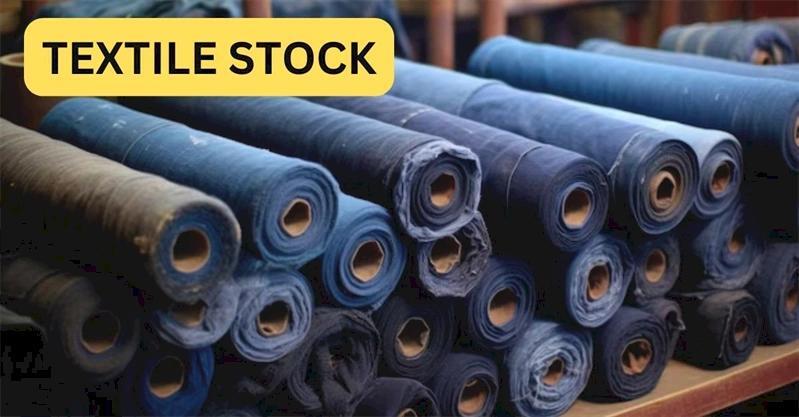
R&B Denims Expands into Garment Manufacturing: A Step Towards Vertical Integration, Sustainability, and Export Markets
In a significant move, R&B Denims, a leading player in the textile industry, has expanded its business operations by entering the garment manufacturing segment. The company has launched a range of denim garments, including jeans and jackets, at its existing facility in India. This expansion is expected to enhance vertical integration, tap into export markets, and support sustainability, making R&B Denims a multibagger textile penny stock under ₹100.
The company has invested an initial ₹1.25 crore to fund machinery and infrastructure for this expansion. This strategic move is expected to increase the company’s revenue and profitability, making it an attractive investment opportunity for investors.
Why Garment Manufacturing?
R&B Denims’ decision to expand into garment manufacturing is driven by the increasing demand for denim garments in the domestic and international markets. The company’s existing expertise in denim fabric production has enabled it to develop a range of denim garments that meet the latest fashion trends and customer preferences.
By entering the garment manufacturing segment, R&B Denims aims to leverage its strengths in denim fabric production to increase its revenue and profitability. The company is well-positioned to capitalize on the growing demand for denim garments, which is expected to continue in the coming years.
Benefits of Garment Manufacturing
The expansion into garment manufacturing is expected to bring several benefits to R&B Denims. Some of the key benefits include:
- Vertical Integration: By manufacturing denim garments, R&B Denims will be able to control the entire value chain, from fabric production to garment manufacturing. This will enable the company to reduce its dependence on third-party suppliers and improve its profitability.
- Sustainability: The garment manufacturing segment is expected to reduce R&B Denims’ environmental footprint by minimizing transportation costs and reducing waste generation. The company will be able to use its existing infrastructure and machinery to reduce its carbon footprint.
- Export Markets: The expansion into garment manufacturing will enable R&B Denims to tap into export markets, including the European Union, the United States, and other countries. The company’s garments will be able to compete with international brands, providing a new revenue stream.
- Increased Revenue and Profitability: The garment manufacturing segment is expected to increase R&B Denims’ revenue and profitability. The company will be able to sell its garments at a higher price point than its fabric products, providing a higher margin.
Challenges and Opportunities
While the expansion into garment manufacturing presents several benefits, it also poses some challenges. Some of the key challenges include:
- Competition: The garment manufacturing segment is highly competitive, with several established players in the market. R&B Denims will need to differentiate its products and services to attract customers.
- Quality Control: The company will need to ensure that its garments meet international quality standards to compete with global brands.
- Marketing and Sales: R&B Denims will need to invest in marketing and sales efforts to promote its garments and attract customers.
However, the company has been working to overcome these challenges by investing in research and development, improving its quality control processes, and developing a robust marketing and sales strategy.
Conclusion
R&B Denims’ expansion into garment manufacturing is a strategic move that is expected to enhance vertical integration, tap into export markets, and support sustainability. The company’s initial investment of ₹1.25 crore will fund machinery and infrastructure for this expansion, which is expected to increase its revenue and profitability.
As a multibagger textile penny stock under ₹100, R&B Denims presents an attractive investment opportunity for investors looking to capitalize on the growing demand for denim garments. The company’s expansion into garment manufacturing is a significant step towards becoming a leading player in the textile industry.






